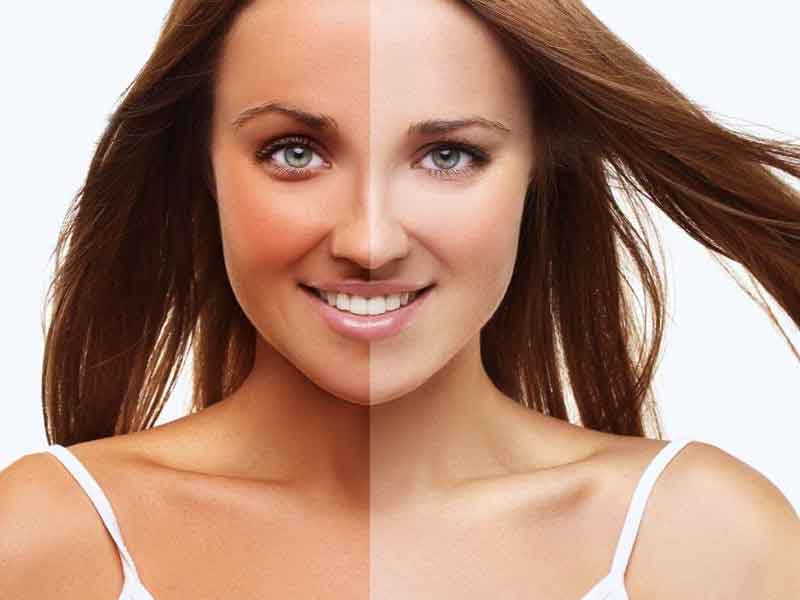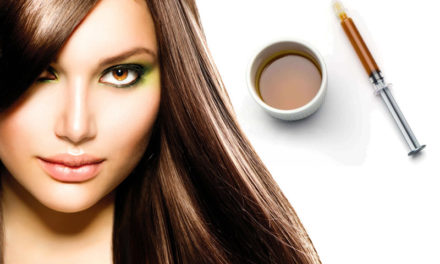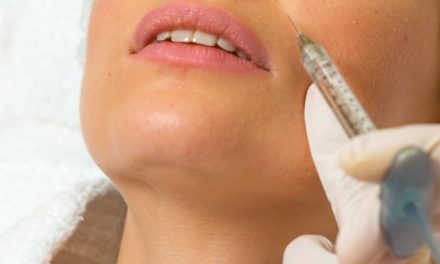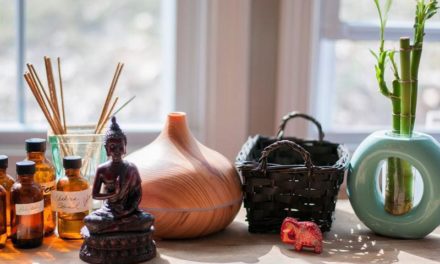Everyone these days is interested in pursuing a healthier lifestyle so that they could look and feel younger. A youthful complexion is the biggest desire most people have and have had throughout the years. Billion dollar industries exist with the sole purpose of making you look younger, more attractive and desirable. When walking down the aisle in a beauty shop one is overwhelmed by the huge number of creams and lotions destined to preserve your skin.
Skin aging comes naturally with time, but that one factor that is highly associated with skin aging and changes, is sun exposure. Photoaging is basically the clinical term for skin changes provoked by sun exposure. By this process skin loses part of its elasticity having a drier, wrinkled and pigmented look. Sun exposure can cause spots, wrinkles, dry skin and of course sunburns UV (Ultraviolet) components have besides the adverse cosmetic effects a substantial effect in increasing the risk of skin cancer. Blocking the UV is thus the best method of action by prevention and so sunscreen is always recommended. Sunscreen is the best solution when it comes to UV blocking. It should always be worn, no matter the season, every day of the year.
Phenolic acids and antioxidants have gained more attention lately as photoprotective agents against the damage caused by the sun UV. Phenolic refer to more than 8000 naturally compounds with one standard feature, a phenol. They are plant secondary metabolite and are commonly found in grains, fruit, herbs, tea and coffee. Herbal phenolic has a powerful antioxidant activity and they can be used as ingredients in a diet as well as in creams and masks and applied on the skin.
Some examples of the photoprotective phenolic are compounds like grape seed extract, that has been shown to have a beneficial effect on skin aging and cancer. Gingko Biloba extract is another, prepared out of the leaves of the Gingko Biloba tree, Capparis spinose extract, that comes from the flower buds of the beautiful white and purple plant and has the ability to reduce UVB-induced skin erythema. There are also tea polyphenols, found in black and green tea, which have been shown to function as anti-inflammatory and anti-carcinogenic agents.
Antioxidants are very useful in our diets to help prevent damaged skin. They offer nutrients to the skin and also help protect collagen and elastin tissue from degeneration. Fruits high in antioxidants as cherries stimulate new skin cell growth, while other fruits as berries rich in vitamin C and vitamin E have important functions in speeding up the repair system.
Olive oil is also a miracle worker, results from studies suggesting that application of olive oil on the skin after sunbathing can prevent skin cancer formations
Vitamin C is very useful for revitalizing the skin, mainly associated with vitamin E. They can be ingested or applied on the skin. A study showed that the intake of vitamin C and vitamin E pills had reduced the sunburn reaction in comparison to placebo groups, thus reducing the risk for later UV related skin damage.
Aloe Vera has a calming effect on the skin when applied on a burn. It can reduce pain and inflammation and it can stimulate skin repair while having moisturizing effects. Aloe Vera should however not be implemented to an open wound
Cucumber, as Aloe Vera has a naturally cooling and calming effect on the skin. Containing vitamin C and caffeic acid it has been shown to reduce inflammation and help relieve sunburn pain.
Echinacea is useful both ingested as well as applied to the skin after sunbathing. Echinacea has the properties to help keep the skin firm by preventing the destruction of collagen.
References:






